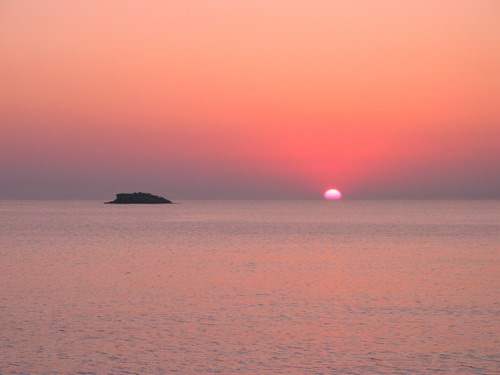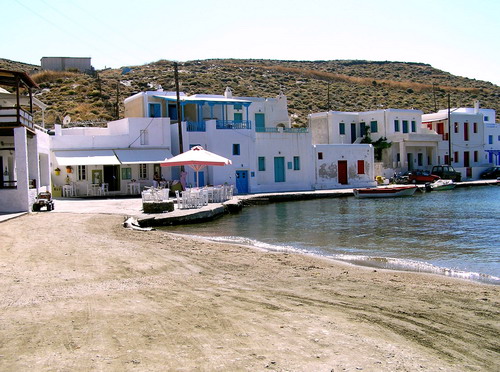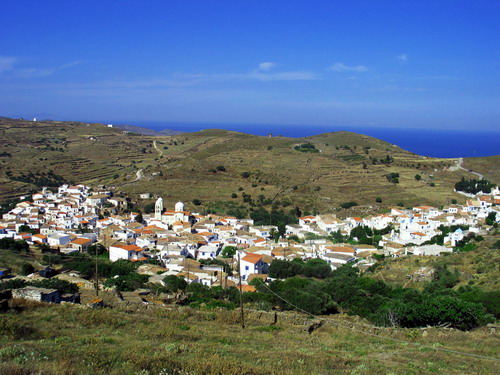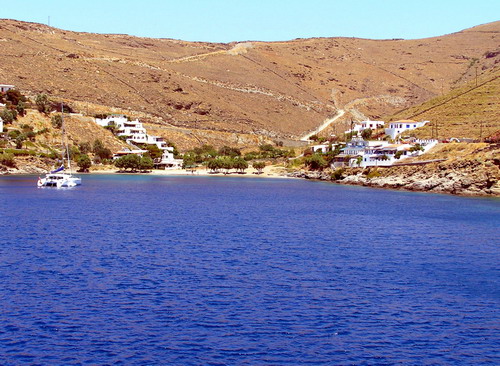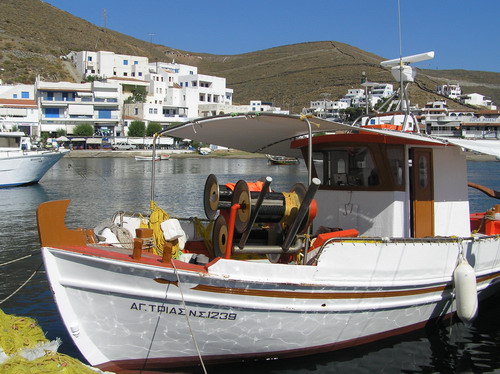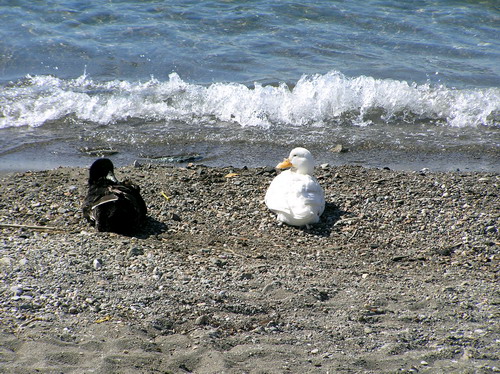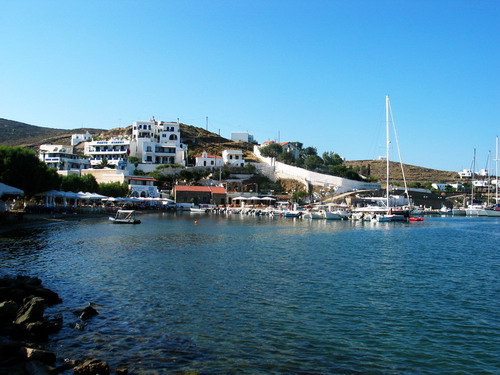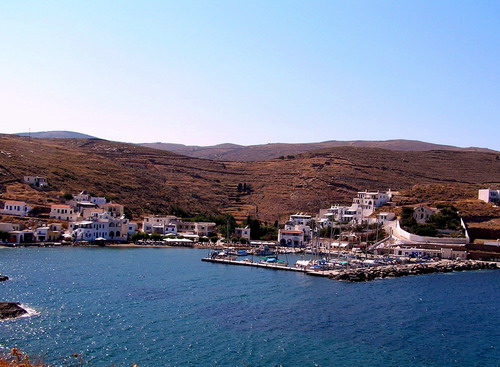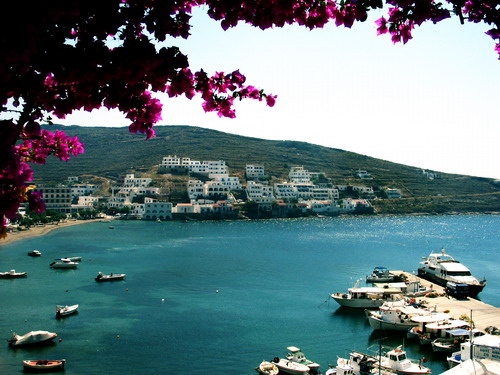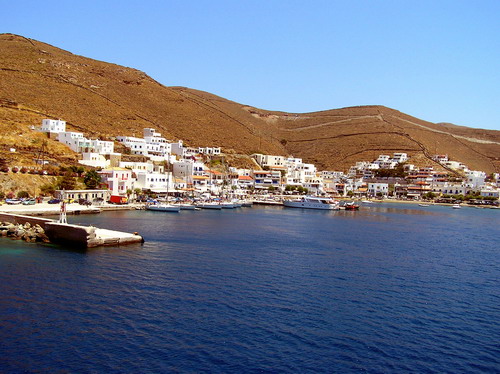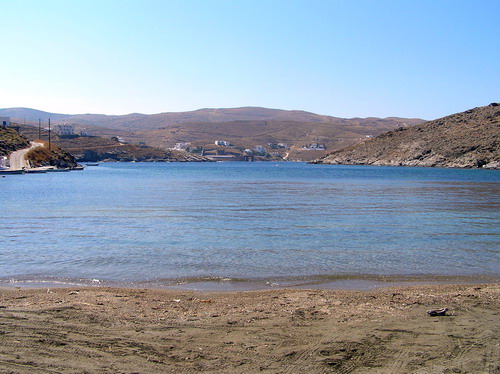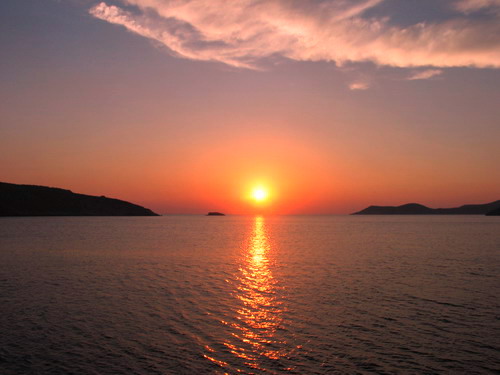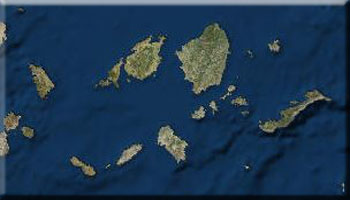Kithnos is named after Kithno, chief of the Dryopes and the island's first settler. By another account, the island's name derives from the root "kith", from which the verb keftho (I hide) also derives and suggests its name means "hiding place".
Mesolithic artifacts unearthed in recent excavations in the Maroulas offer evidence that the island may be the oldest settlement in the Cyclades.
Herodotus mentions that in the 13th century B.C., the Dryopes arrived on the island where they built Cyclopean walls and impressive temples. The island was subsequently settled by Ionians.
Kithnos contributed a trireme (ancient galley with three banks of oars) to the Greek fleet in the Persian wars and joined the Athenian League (or Confederacy). Later, the island came under the Roman empire and subsequently the Byzantine empire, where it was part of the Aegean theme.
Under Venetian rule, Kithnos was taken by Marco Sanudo and named Thermia because of its warm waters.
Pillaged by the pirate Barbarossa in 1537, the island remained under Venetian rule before passing into Russian hands after the Russo-Turkish war.
In 1827, the island reverts to its ancient name, Kithnos, and joins the Greek revolt for independence from the Ottoman empire. During the reign of King Othon (Otto), dissenters were exiled to the island. In 1862, rebels from Syros clashed with the army at Ayia Irini Bay in a bid to free detainees on Syros. The uprising was put down and three rebels-Leotsakos, Moraitinis, and Skravelis-killed in the fighting.
Today, the local economy revolves around tourism along with farming and other occupations. Kithnos offers visitors the perfect combination of Cycladic beauty, pristine waters, and local produce-meat, dairy, fruit, vegetables, and fresh fish.









